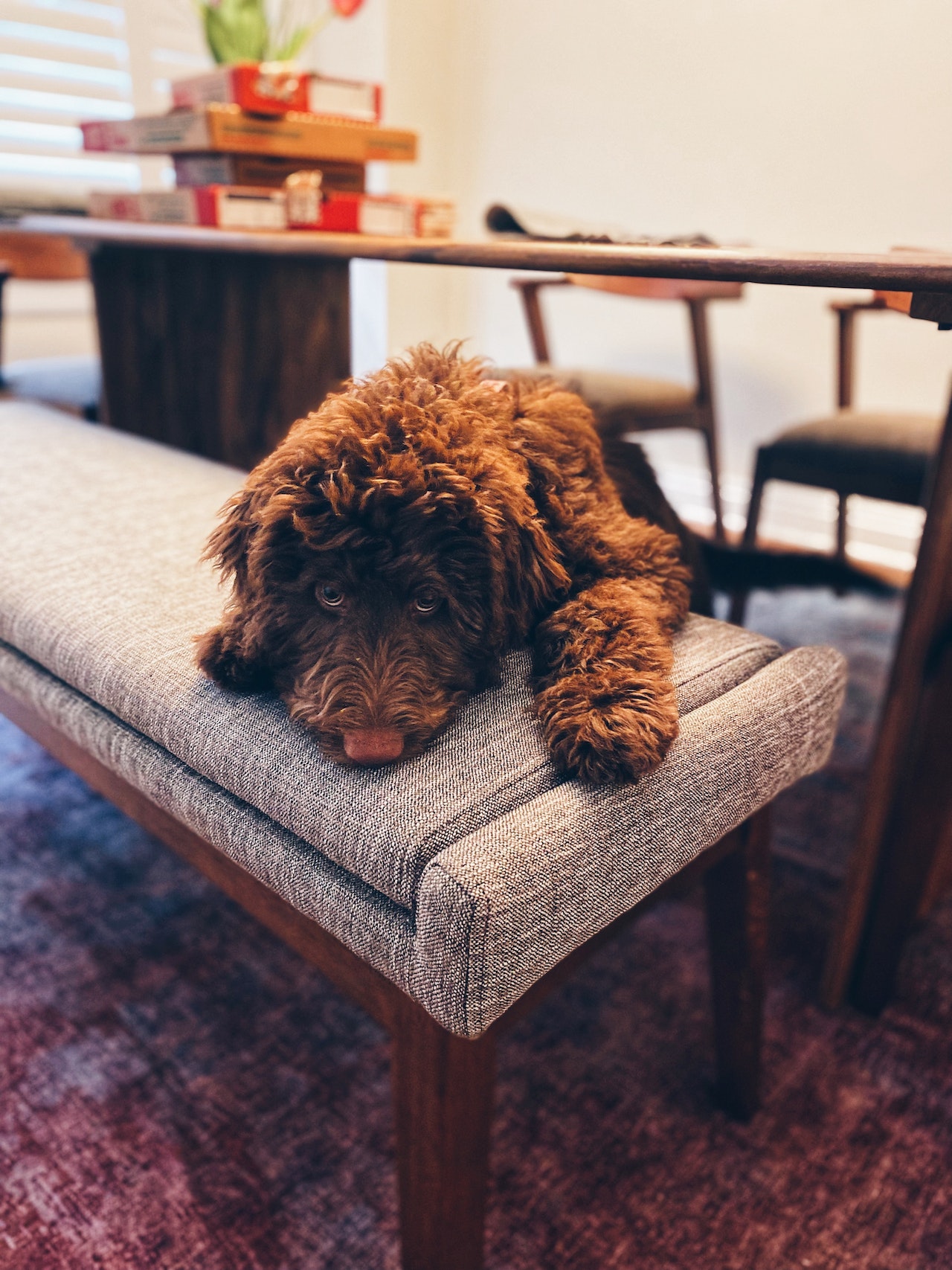Reasons Why Dogs Disobey Their Owners and How to Fix It

Dealing with a disobedient dog is stressful and frustrating, not to mention embarrassing when out in public. An unruly or disobedient dog likely doesn’t listen to commands, may jump on people, steal or chew things, and generally wreak havoc on the household.
But rather than blame your pooch for his poor behavior, perhaps it’s time we look at ourselves. Often, dog owners unintentionally reinforce bad behavior through their actions – and, indeed, inactions.
Like toddlers, dogs need to learn what is acceptable behavior and what isn’t. The feedback they receive for what they do impacts their future behavior.
The good news is that dog owners can resolve unwanted behavior through patience and discipline. Below, we explore the common reasons dogs disobey their owners and ways to fix this behavior.
Reasons for Disobedient Dogs and Solutions
Here are the most common reasons pet owners are dealing with a disobedient dog and solutions on how to fix the problem.
1. He’s Not Getting Enough Exercise
In many cases, dogs that act out are overly energetic and may not be getting enough exercise and routine to their day. All dogs need regular exercise to keep them healthy and happy.
On-leash walks around the block aren’t usually sufficient. Dogs have a lot of energy to burn, and if they’re not doing it healthily, they will look for other ways to expend it, like chewing your shoes or running rampant through the house.
Solution
While a daily walk may be adequate for some dogs, others need more strenuous activity. This can include off-leash runs, fetch games, or running with you on a Walky Dog or Springer bike leash.
You might also consider sending your pup to doggy daycare, especially if you have a social dog. They will get the mental stimulation, exercise, and socialization they need there.
If you have an especially anxious or unruly dog, he may benefit from natural wellness products like hemp oil. Some dogs are highly strung and struggle to settle down, even if they get sufficient exercise. Hemp is safe for dogs to consume, and anecdotal evidence suggests it can help relax anxious pups.
2. Lack of Training: He Doesn’t Understand the Command

Disobedience in dogs is often linked to impatience in the owner, such as making several commands without waiting for your pup to respond. This can easily overwhelm and confuse your dog. Also, he may not have received adequate training to respond to your requests. By the way, training does not stop at teaching your dog to sit, lie down, and house-training.
Communication is vital when interacting with dogs. Unclear, mumbled, or contradictory commands make it almost impossible for your pup to understand the request. Moreover, body language is also essential. Dogs are skilled at reading facial expressions and often play off their owner’s mood.
For instance, you may command your dog to heel in a friendly tone, but if he notices that you’re agitated because you’re impatiently stamping your foot, he will probably ignore you.
Solution

It’s never too late to train your pup and teach it new commands; you can teach an old dog new tricks. It just takes patience and commitment. Try teaching a new command each week and practicing old ones with him.
It’s crucial to be consistent in your training and discipline. If your dog receives mixed messages about his behavior, he won’t understand what’s expected of him. For instance, if you let him sit at the table and beg while you’re eating on some occasions but scold him other times, the reason for the scolding is unclear. Decide on the rules, boundaries, and limitations you want to set for your pup and be consistent.
Also, be conscious of your behavior. As much as you need to train your dog to understand and respond to certain commands, you must teach yourself to respond positively. Patience is key. If the pup senses that you’re angry or frustrated, he will likely respond negatively.
Be patient and calm, and give orders slowly without repeating yourself. Constantly repeated commands are just as bad as unclear ones because it teaches your dog that he doesn’t have to obey you the first time.
3. No Positive Reinforcement: Lack of Motivation
Like humans, dogs need motivation. They’re not inclined to do something that isn’t rewarding and don’t respond well to punishment or yelling. Yelling at your pup will get him more stressed out, increase his energy levels, and intensify his excitement about the situation.
If your dog doesn’t receive praise and rewards for good behavior, they have no motivation to continue with this behavior. Instead, they may act out because poor behavior at least gets him some attention, even if it’s negative.
Solution
Rather than yelling at your dog, use a calm yet firm voice to refocus your pooch and teach him the desired behavior. If he’s doing something you don’t approve of, redirect his energy by replacing the negative behavior with a positive one. Then, use positive reinforcement to show your pup that you approve of this behavior.
For instance, if you find him chewing your new shoes, replace them with one of his favorite toys and encourage him to play with that instead. Then, reward him with a treat and praise for leaving the shoes and chewing his toy instead. It’s important to act as soon as you catch your dog engaging in poor behavior so that he knows what he’s doing is wrong.
Remember, punishing your pup won’t achieve anything – it only creates a negative experience for both of you. The idea is to reinforce positive behaviors by rewarding and praising your pup when he’s being good.

Final Thoughts
Many dog owners feel defeated and burned out when dealing with a disobedient dog. But fixing poor behavior is easier than many realize; it just requires a lot of patience and dedication.
It’s no good teaching your pup new commands for a few weeks and then giving up because it takes too much time and effort. Consistency is key when it comes to dogs; they need constant reminders about what is and isn’t approved behavior. Positive reinforcement goes a long way, while yelling or punishment will get you nowhere.
Above, we have discussed the top three reasons you may have a disobedient dog on your hands. Of course, there are several other reasons your dog may be misbehaving, but these are the key things to consider first, along with a solution to fix the problem.